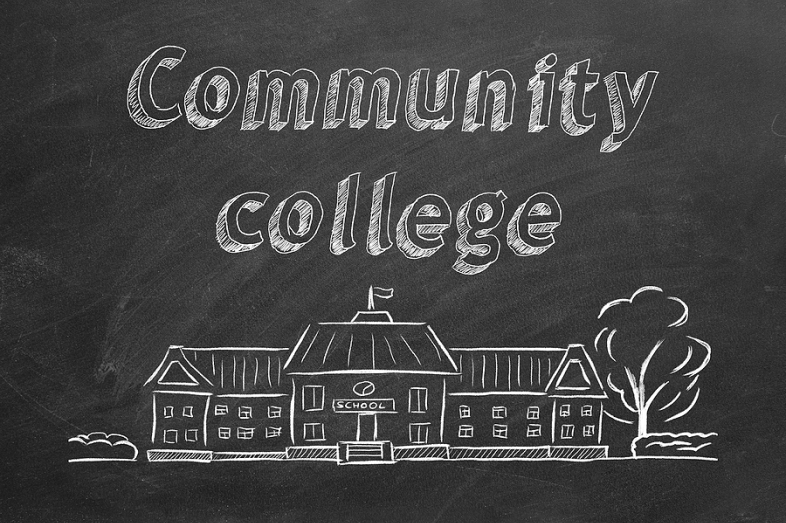
Community Colleges
Photo credit: Yakobchuk/Bigstock

Photo credit: Yakobchuk/Bigstock
A community college has a bit of a split personality. One side of the college is full of students trying to take classes at a less expensive rate before transferring to a four-year school to finish up a bachelor’s degree. The other side is full of students working on the latest manufacturing robots, learning to cook or brushing up on their welding skills in a short time frame.
According to the American College Promise Act, community colleges are public colleges that primarily award two-year degrees. These institutions are known for accessibility — ease of admissions and affordability — and service to the community.
With more than 1,000 community colleges across the U.S. enrolling over 2 million students who comprise 46 percent of all undergraduates as of 2021 — often students older than traditional age and attending part-time — these colleges play a vital role in the overall higher education system. Located everywhere from urban centers to rural highways next to cornfields, the open access the community colleges provide means these schools are often the only chance for post-secondary education lots of people have. Community colleges not only enroll recent high school graduates, but are also among the most important paths to the American Dream since they provide second, third and fourth chances to people who may have dropped out of school, decided to switch careers or taken another route to higher education.
While some students head directly from high school to a community college, that doesn’t describe the majority. At most community colleges, the majority of students are part-time and older. Data from the American Association of Community Colleges shows in 2021, 65 percent of community college students were part-time and the average age was 28.
Reporters covering the community college beat will find a landscape ripe with topics, including the following, among others:
Updated June 2021.
Your post will be on the website shortly.
We will get back to you shortly